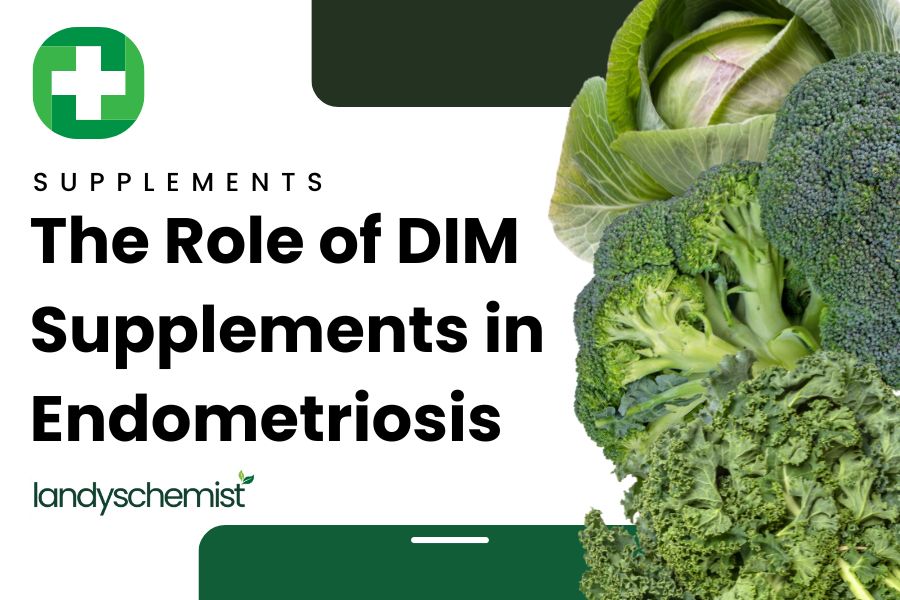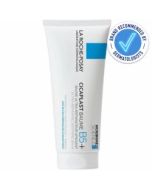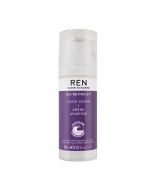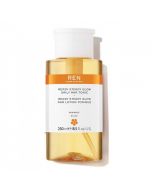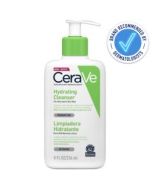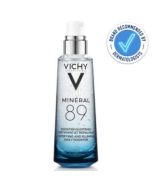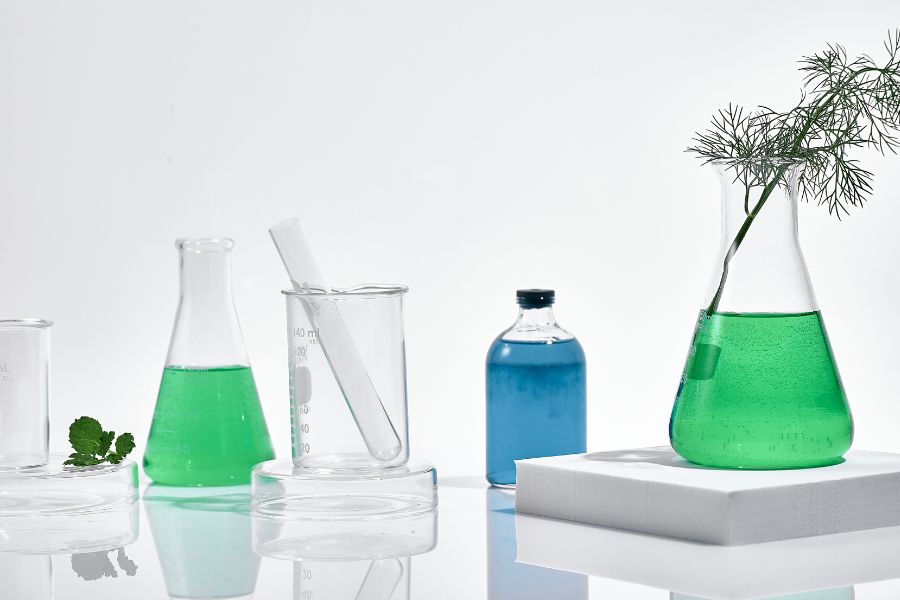
What is an Active Ingredient?
Content
When it comes to the skincare and beauty world, you will often hear brands emphasising on the products ‘active ingredients’, but what does this actually mean? In this blog we uncover what an active skincare ingredient actually is and list the most common active ingredients that you’ll come across in many skincare products. We also delve into active ingredients you should not mix together and why.
What is an active ingredient in a skincare product?
Active ingredients are at the heart of what makes a skincare product effective in addressing specific skin concerns and conditions. Active ingredients in skincare refer to the specific compounds or substances that have been scientifically proven to provide beneficial effects on the skin. These ingredients are chosen based on extensive research and clinical studies that validate their effectiveness in addressing various skin concerns and conditions. These active ingredients are directly responsible for the benefits of a skincare product.
Therefore, skincare brands intentionally include these active ingredients in skincare products like cleansers, serums, moisturisers, and treatments to improve the skin's appearance and health.
A-Z List of common active ingredients in skincare:
There are numerous active ingredients that can be found in skincare products. Here is a list of some of the most common active ingredients often found in many products that aim to tackle specific skincare problems:
- Allantoin: Moisturise, soothe, and promote skin cell regeneration.
- Aloe Vera: Soothe and hydrate the skin, reduce redness and irritation.
- Alpha Arbutin: Fade dark spots and hyperpigmentation, promote even skin tone.
- Alpha Hydroxy Acids (AHAs): Exfoliate, improve skin texture, and promote cell turnover.
- Benzoyl Peroxide: Treat acne by killing bacteria and exfoliating skin.
- Beta Hydroxy Acids (BHAs): Exfoliate inside pores, treat acne, and refine skin.
- Centella Asiatica Extract: Calm inflammation, support wound healing.
- Ceramides: Strengthen the skin barrier, retain moisture, and prevent dryness.
- Coenzyme Q10 (CoQ10): Protect against oxidative damage, boost collagen.
- Collagen: Improve skin firmness and elasticity.
- Elastin: Enhance skin's elasticity and suppleness.
- Epidermal Growth Factors (EGFs): Promote skin repair, stimulate cell growth and healing.
- Ferulic Acid: Enhance the stability and effectiveness of other antioxidants.
- Glycolic Acid: Exfoliate the skin, improve tone, and minimise hyperpigmentation.
- Green Tea Extract: Provide antioxidant protection, soothe and calm the skin.
- Hyaluronic Acid: Hydrate and plump the skin by attracting and retaining moisture.
- Liquorice Root Extract: Brighten skin, reduce redness, and even out tone.
- Niacinamide: Control sebum, reduce redness, and improve the skin barrier.
- Panthenol (Vitamin B5): Moisturise, soothe, and promote skin healing.
- Peptides: Enhance collagen production, improve elasticity, and reduce wrinkles.
- Polyhydroxy Acids (PHAs): Exfoliate gently, suitable for sensitive skin.
- Resveratrol: Protect against environmental damage and soothe inflammation.
- Retinoids: Improve skin texture, reduce wrinkles, and stimulate collagen production.
- Salicylic Acid: Exfoliate within pores, reduce acne, and improve skin texture.
- Squalane: Moisturise, improve skin texture, and strengthen the barrier.
- Sulphur: Reduce inflammation and unclog pores, aiding in acne treatment.
- Tea Tree Oil: Treat acne, reduce inflammation, and fight bacteria.
- Titanium Dioxide: Offer physical UV protection, block harmful sun rays.
- Vitamin C: Brighten skin, protect against free radicals, and boost collagen synthesis.
- Zinc Oxide: Provide physical UV protection, prevent sun damage.
What are the differences between active and non-active skincare ingredients?
Active skincare ingredients actively address specific skin concerns, such as acne, wrinkles, hyperpigmentation, or hydration. These ingredients typically undergo rigorous testing to demonstrate their efficacy and safety.
Non-active skincare ingredients, on the other hand, are primarily included in skincare formulations to provide texture, stability, preservation, or aesthetic appeal. They may not have a direct therapeutic effect on the skin, but they play a crucial role in maintaining the product's integrity and user experience.
Examples of non-active skincare ingredients
These ingredients work together to create effective, safe, and pleasant-to-use skincare formulations:
- Emulsifiers: Ensure consistent blending of oil and water components in the product such as Cetearyl Olivate.
- Preservatives: Extend shelf life by preventing the growth of harmful microorganisms such as Phenoxyethanol.
- Humectants: Attract and retain moisture to keep skin hydrated such as glycerin.
- Thickeners: Give products the desired texture and consistency such as Xanthan Gum.
- Stabilisers: Maintain product integrity over time, preventing separation or degradation such as carbomer.
Can you mix active ingredients together?
Yes, mixing certain active ingredients together allow for them to work synergistically, providing multiple benefits to the skin. For example, combining a chemical exfoliant such as glycolic acid with a nourishing and hydrating active ingredient like hyaluronic acid would create a balanced approach to skincare. The exfoliant helps to remove dead skin cells and promote cell turnover, while the hydrating ingredient replenishes moisture, supports the skin's barrier function and reduces the risk of irritation. This combination can lead to smoother, more radiant skin with improved texture and hydration levels.
However, there are some active skincare ingredients that you should avoid layering with each other as they can cause irritation and compromise the skin’s barrier, leading to signs of sensitivity such as redness, dryness, breakouts, and itchiness.
Active skincare ingredient combinations you should avoid
- Retinoids and Benzoyl Peroxide: Both can be effective against acne, but using them together can increase skin irritation and dryness.
- Exfoliants and Strong Acne Treatments: Combining strong exfoliants with potent acne treatments like sulphur or prescription medications can result in excessive dryness and irritation.
- Vitamin C and Retinoids: These active ingredients can be harsh when combined, potentially leading to irritation. Use them on separate occasions, such as Vitamin C in the morning and retinoids at night.
- Retinoids and Alpha Hydroxy Acids (AHAs) or Beta Hydroxy Acid (BHA): This combination can lead to excessive exfoliation, irritation, and sensitivity.
- AHAs and BHAs: Using multiple exfoliating acids can over-stress the skin, causing redness and sensitivity. However, there are some skincare formulations that carefully combine both AHAs and BHAs at gentle concentrations to either minimise eliminate any possible irritations.
If you are considering mixing strong active ingredients together, we would recommend that you use them at separate times of the day, or better, on different separate days of the week.
Summary
- Active skincare ingredients in skincare products are scientifically proven compounds that address specific skin concerns.
- Active skincare ingredients are responsible for the benefits of skincare products, chosen based on research and clinical studies.
- Non-active ingredients provide texture, stability, and preservation, enhancing user experience.
- Mixing certain active ingredients can be beneficial, but some combinations may cause irritation and sensitivity.
By Rhysa Phommachanh, BA (Hons) Specialist Skincare, Hair and Media Make-Up



